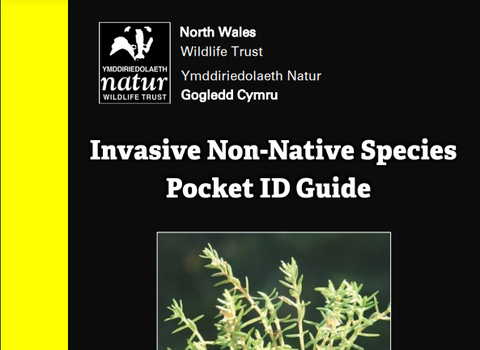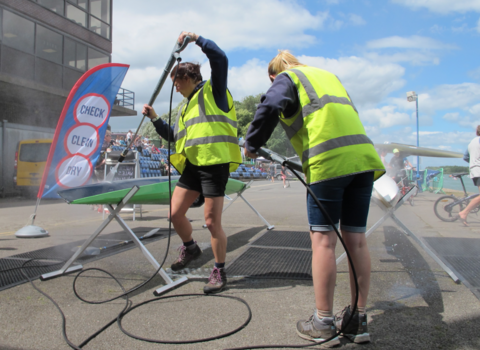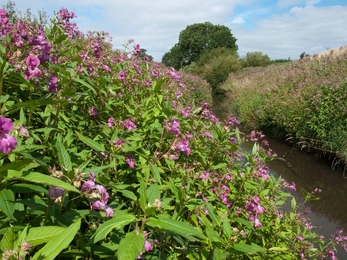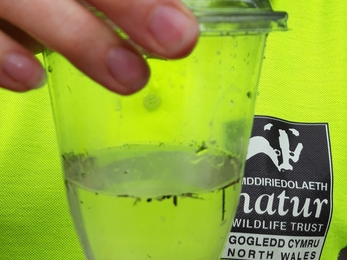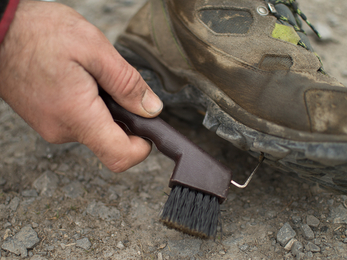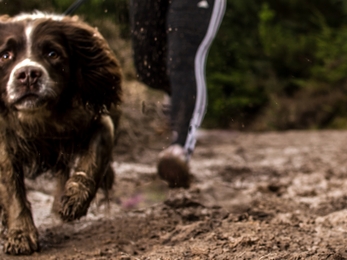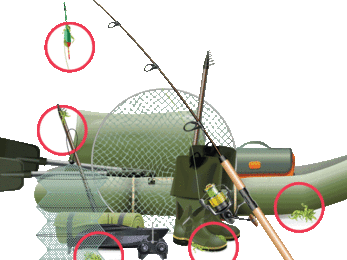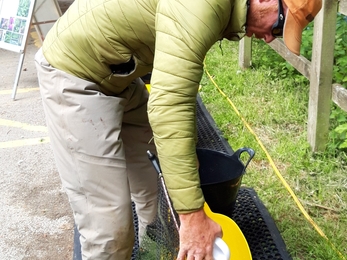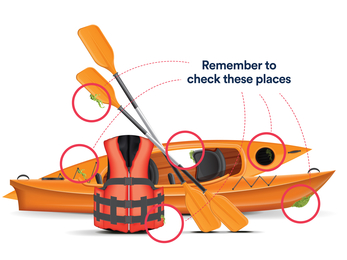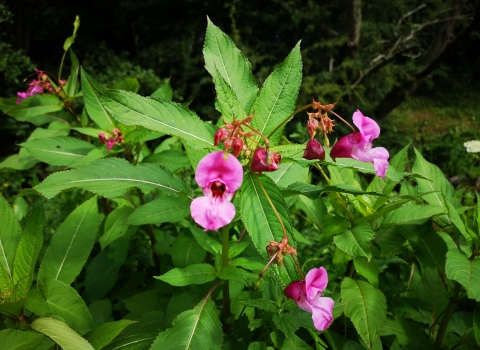What is biosecurity?
Biosecurity is the effective management of risks posed by invasive non-native species, pests or harmful pathogens focusing on the prevention stage. Prevention is by far the most effective way of tackling the impacts of invasive non-native species on the environment.
Why is biosecurity important?
Invasive non-native species can cause huge amounts of damage to the environment by outcompeting and predating on native species. They can also impact on our everyday lives by causing flooding through land erosion, reducing water quality and access, damaging infrastructure, and they can even effect our health and wellbeing.
What can you do?
Rivers, lakes, reservoirs and canals are a huge draw for leisure activities such as walking, angling, and paddling. These areas are also very vulnerable to invasive non-native species because of their connectivity; be it by the water that flows through them, or by the visiting.
The most important thing you can do to help Stop the Spread of non-native invasive species is to follow the three simple biosecurity steps of Check Clean Dry every time you are out in the countryside.
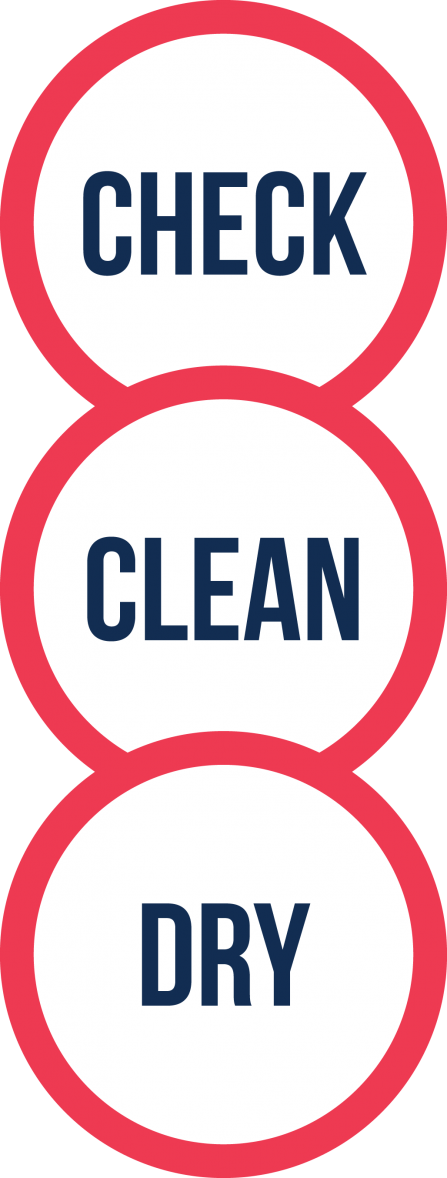
Check Clean Dry © GBINNS
Check your clothes and equipment after leaving water or on wet ground for mud, aquatic animals, and bits of plants. Remove anything you find and leave it on site.
Clean everything thoroughly as soon as you can, paying attention to areas that are damp or hard to access. Use hot water if possible.
Dry everything for as long as you can before using again. Some invasive species can live up to 2 weeks in damp conditions!

© NWWT
Walkers
Before you go home, use a boot brush or the NWWT boot cleaning stations (see below) to get in between the tread of your boots and wash away any dirt with fresh clean water on to hard standing ground, gravel, or grass - don't allow any dirty water to enter the water course or sewers! Make sure to check clothing, such as Velcro, zips, or turn-ups on your trousers, that could trap any plant or animal material.
Your four-legged friends can also carry plant material on their fur and paws so don’t forget to give them a wash-down too!!
Anglers
Take advantage of any biosecurity facilities that are on-site before you leave. If there are no facilities, when you get home wash down all of your kit with clean water on either gravel or a hard surface. Make sure no dirty water can enter the water course or sewers. Pay particular attention to hard to reach parts of your kit. Drain your boat and leave all kit to dry thoroughly before next use.
Paddlers
Take advantage of any biosecurity facilities that are on-site before you leave. If there are no facilities, when you get home wash down all of your kit with clean water on either gravel or a hard surface. Make sure no dirty water can enter the water course or sewers. Pay particular attention to hard to reach parts of your kit. Drain your boat and leave all kit to dry thoroughly.
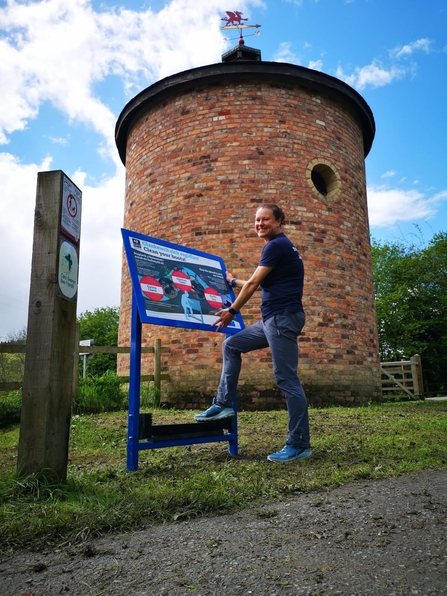
Biosecurity boot cleaning station at Tŷ Mawr County Park, lower carpark ©NWWT
To encourage more people to practice biosecurity, the North Wales Wildlife Trust's invasive non-native species team has installed biosecurity boot cleaning stations at Park in the Past in Hope, Alyn Waters Country Park, Tŷ Mawr Country Park, and on the Offa’s Dyke Path by the Boat Inn in Erbistock. Simply run your footwear over the brushes back and forth until all the mud and debris has been removed (please be nice and don’t use it for dog muck). If you have access to clean water (tap or bottle) be sure to rinse off anything remaining. Once cleaned thoroughly, leave your footwear and any other kit that has come into contact with the water somewhere they can dry out completely before using again.
